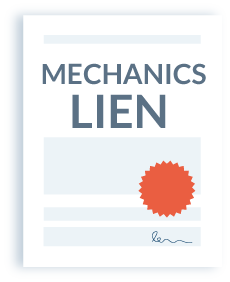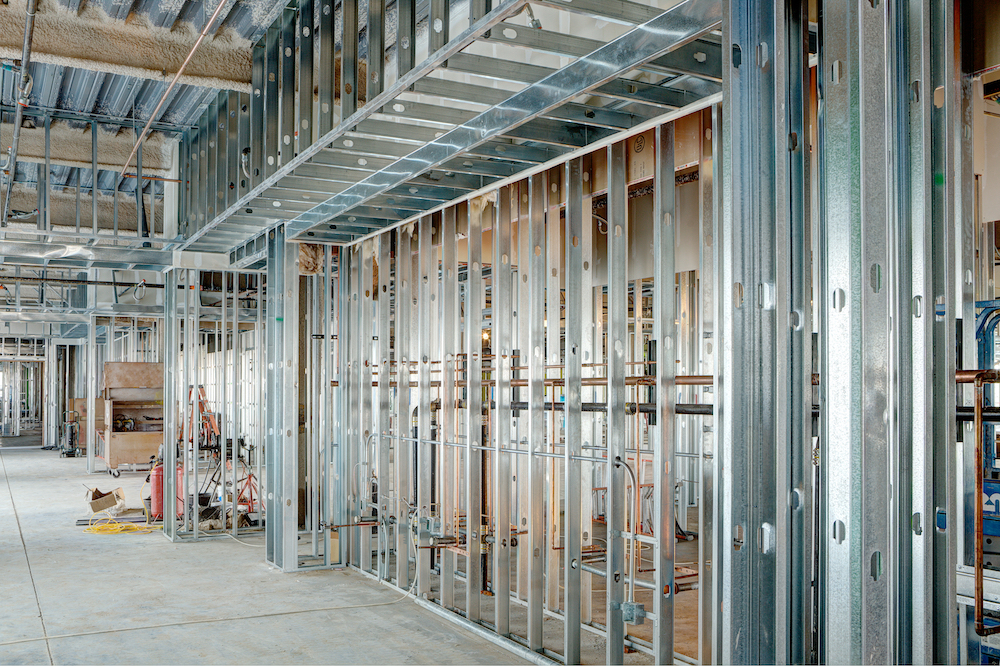
New York retainage laws were enacted to act as protection against non-performance of contractors and material suppliers on construction projects. However, given the financial hardship that this practice imposes on lower-tiered construction participants, this practice has its limitations. This guide is meant to provide you with all of the rules, regulations, and timeframes for withholding retainage on New York construction projects.
Retainage on construction projects
Withholding retainage on a construction project is a touchy subject. Retainage is the practice of withholding a portion of each payment, as a fail-safe in case a contractor defaults on their performance.
This can be a hard pill to swallow, especially for lower-tier subcontractors. As a lack of cash flow is one of the most common reasons contractors close their doors. However, from an owner standpoint, this is an easy way to guarantee that the work gets done by providing an incentive of a big check at the end of the project.
For further reading on retainage:
The Ultimate Guide to Retainage in the Construction Industry
Retainage on New York public projects
There are two sets of statues that govern retainage on public projects in New York. One set is found in N.Y. State Finance Law §139-F and the second is found in N.Y. General Municipal Law §106-B. The laws governing retainage on public projects in the state of New York are fairly strict in terms of the amount allowable and the timeframe for payment.
Amount of retainage allowable
The retainage laws are essentially the same for prime contractors and subcontractors on public projects. The general rule is that the public entities and general contractors are required to withhold no more than 5% of each progress payment as retainage. In certain circumstances, the percentage retained can be greater.
If the state entity contracting the work doesn’t require a performance bond or a labor and materials bond on the project for the full contract price, the public entity is allowed to withhold more if they so choose. However, the amount withheld can’t be more than 10%
Releasing retainage
Once a contractor’s work, or a major portion of the work, is substantially completed, the contractor can submit a requisition for payment to the public entity. Once received, the public owner must release retainage within 45 days; excluding legal holidays.
If the work is being done within the New York City limits, this time frame is actually reduced to 30 days. Once retainage is released on the project, the contractors and subs will, in turn, have 7 days to release any portion of the retainage owed to their subs or suppliers.
Note, that New York does allow for “pay-when-paid” provisions on public projects. However, if the prime contractor fails to submit a requisition for payment within 90 days of substantial completion, then the contingent payment clause will be unenforceable.
Learn more: How to Get Paid on New York Public Projects
Retainage on New York private projects
The retainage statute governing construction contracts for private projects in New York is governed by N.Y. General Business Law §756-C. A new Senate Bill S3539 has amended the requirements around withholding retainage, in order to shorten the wait time for contractors to receive retainage payments.
Amount of retainage allowable
As for private projects, there is no requirement to withhold retainage. If both parties agree in the contract to the withholding of retainage, then an owner may retain a reasonable amount, but no more than 5% of the contract sum as retainage. Likewise, a contractor or subcontractor can retain up to 5%, as long as the retainage does not exceed the percent retained by the owner.
Release of retainage
The only major restriction on retainage for private projects in New York is the timeframe to release retainage. Retainage funds must be released within 30 days after final approval of the work.
If retainage isn’t released by the owner or contractor within the statutory timeframe, interest will accrue. Once the payment becomes “due and owing” the withheld amount will be subject to an interest rate of 1% per month until the retainage is released.
Filing a mechanics lien for retainage

Bottom line
Although controversial at best, retainage is a reality in the construction industry. And in fact, retainage works! But in order for this practice to go as smoothly as possible, everyone on the project (from owners to suppliers of sub-subcontractors) need to know the regulations governing New York retainage. That way everyone can rest assured that they are going to get paid what they’ve earned.
Additional resources
- New York Retainage Overview & FAQs
- The Difference Between Public & Private Projects
- NY Pay-When-Paid Clauses Have Their Limits



